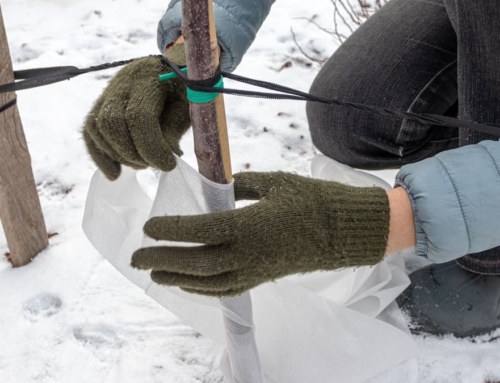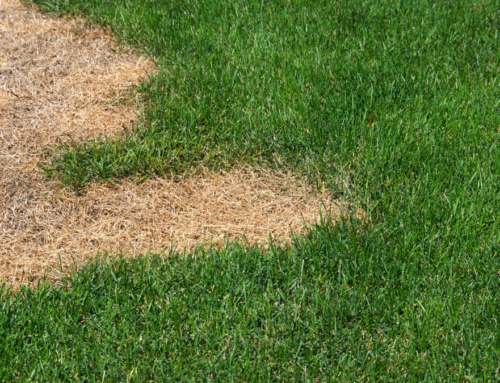COLORADO’S DESERT CLIMATE (AND WHAT IT MEANS FOR YOUR LAWN)

Colorado’s Front Range exhibits unique geography, resulting in a distinct weather pattern. While it may rain every afternoon in the mountains, the arid climate of places like Fort Collins can be a challenge for maintaining a healthy lawn. To keep your lawn vibrant on limited moisture, precise watering is essential. Let’s explore the best grass varieties for Colorado’s climate and discover tips on proper watering, mowing, mulching and other lawn care practices to maintain a healthy lawn.
grass varieties
Blue Grama and Bermuda grass stand out as resilient options, staying green for extended periods without additional watering. Conversely, some bluegrass and ryegrass varieties require over 2 inches of water weekly, especially in hot, windy conditions. Proper watering ensures moisture penetrates up to 6 inches, nourishing the grass roots. Note that grass on sandy soil requires more water than that on loam or clay, making watering at night ideal for maximum absorption.
An Easy Tell
Healthy lawns can rebound quickly from injury. You can tell your grass is too dry when footprints in the grass don’t disappear within an hour.
Mowing and Mulching
Colorado lawns need a height of at least 2 inches, with an optimal range of 2.5 to 3 inches, to enhance heat tolerance throughout the year. Mulching mowers contribute to the lawn’s health by returning cut-up grass clippings, providing an additional source of nutrients.
Additional Lawn Care
Power raking and aeration can help reduce thatch buildup in the lawn, while careful fertilizing will give your grass the nutrition it needs.
Is your lawn as healthy as it can be? Check out this resource from our experts on keeping your lawn healthy, mitigating weeds and unwanted bugs and rodents, or give us a call! Contact us to schedule a consultation.






